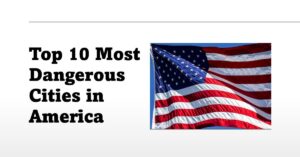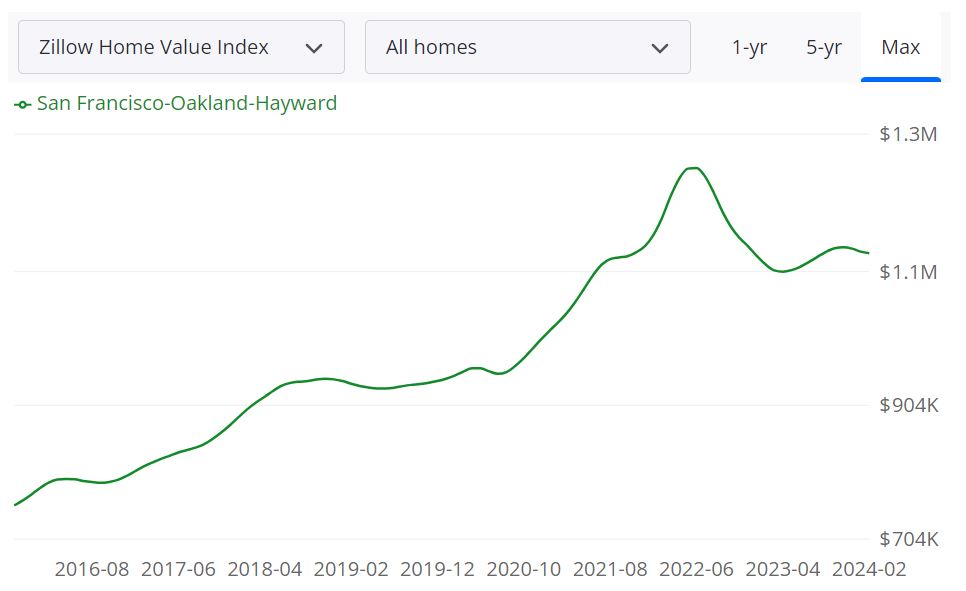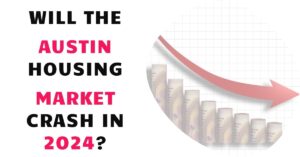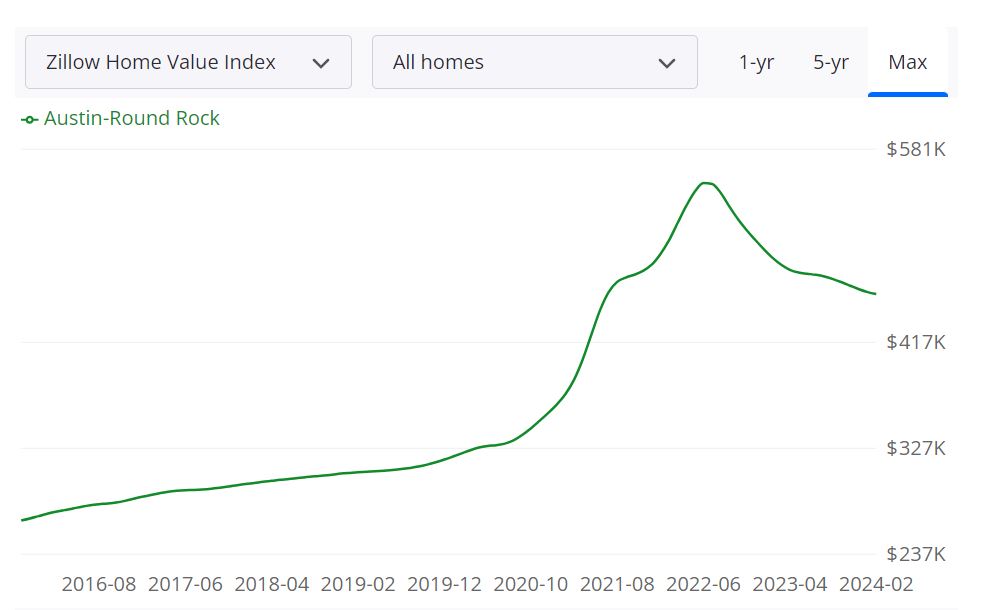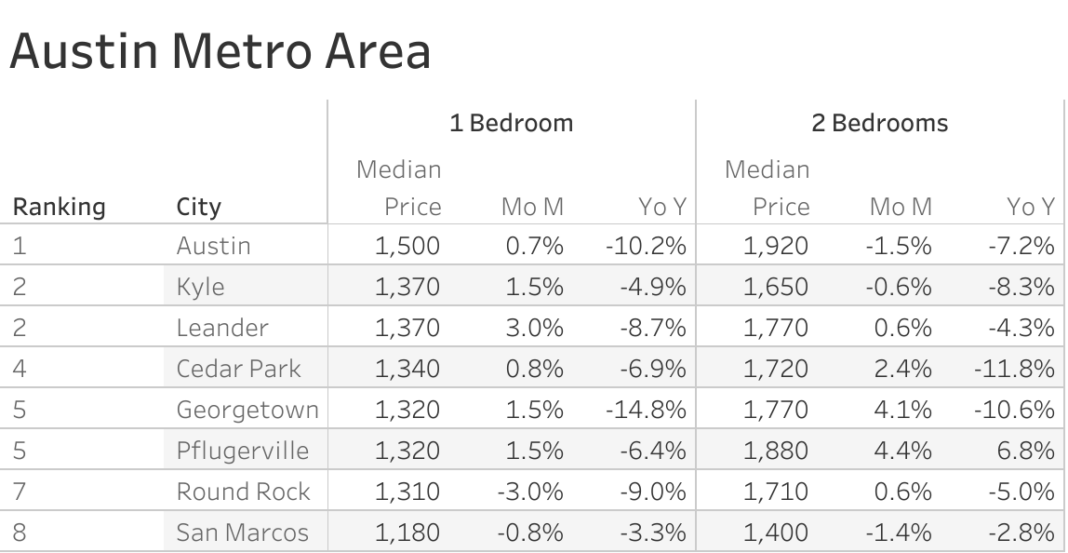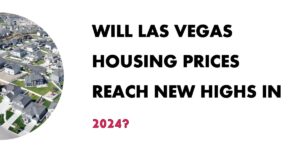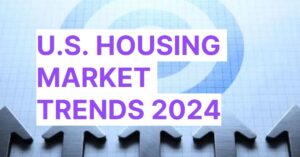If you're looking for the perfect place to raise a family in Tennessee, you're in luck. The Volunteer State is home to several cities and neighborhoods that offer a family-friendly atmosphere, affordable living, great schools, and access to amenities. In this article, we'll take a look at some of the best places to live in Tennessee for families and young adults in 2024.
Tennessee is known for its southern hospitality, beautiful scenery, and rich history. It's also a great place to raise a family, with plenty of opportunities for outdoor activities, cultural attractions, and community events. Whether you're looking for a small town or a big city, Tennessee has something for everyone. So, let's dive in and explore the top cities and neighborhoods for families in Tennessee.
Key Takeaways
- Tennessee offers a family-friendly atmosphere, affordable living, great schools, and access to amenities.
- Franklin, Brentwood, and Murfreesboro are among the best cities to live in Tennessee for families.
- The best neighborhoods for education and schools, affordable living, access to healthcare and amenities, outdoor activities and parks, and cultural attractions and community events are available in Tennessee.
Overview of Tennessee's Family-Friendly Atmosphere
If you're looking for a great place to raise a family, Tennessee is an excellent choice. The state has a lot to offer, from beautiful natural scenery to a vibrant cultural scene. Here are a few reasons why Tennessee is such a great place for families:
Affordable Cost of Living
Tennessee has a relatively low cost of living compared to other states, making it an attractive option for families looking to save money. Housing costs, in particular, are very affordable, with many options available for families of all sizes.
Strong Education System
Tennessee has a strong education system, with many excellent public and private schools to choose from. The state also has a number of top-ranked colleges and universities, providing plenty of opportunities for higher education.
Family-Friendly Activities
Tennessee offers a wide range of family-friendly activities, from outdoor adventures to cultural experiences. The state is home to many beautiful parks and natural areas, including the Great Smoky Mountains National Park and the Cumberland Plateau. There are also many museums, theaters, and other cultural attractions that are perfect for families.
Safe Communities
Tennessee is known for its friendly, welcoming communities, many of which are very safe and family-friendly. The state has a relatively low crime rate compared to other states, making it a great place to raise kids.
In summary, Tennessee is a great place to live for families. With its affordable cost of living, strong education system, family-friendly activities, and safe communities, it's no wonder why so many families are choosing to call Tennessee home.
Best Places to Live in Tennessee for Families & Adults in 2024
If you're looking for a place to raise a family in Tennessee, you'll be happy to know that there are plenty of great options to choose from. Here are some of the top cities for families in Tennessee that you might want to consider:
Franklin
Franklin is a city located just south of Nashville and is known for its beautiful historic downtown area, top-rated schools, and family-friendly atmosphere. With a population of around 80,000 people, Franklin offers a great balance between small-town charm and big-city amenities. The city is home to several parks and recreational areas, as well as plenty of shopping and dining options.
Brentwood
Brentwood is another great option for families in Tennessee. This affluent suburb of Nashville is known for its excellent schools, low crime rates, and high quality of life. Brentwood has a population of around 40,000 people and offers a variety of parks, trails, and other outdoor recreational opportunities. The city also has a thriving business community and is home to several major corporations.
Nolensville
Nolensville is a small town located just southeast of Nashville and is known for its strong sense of community and family-friendly atmosphere. With a population of around 10,000 people, Nolensville offers a quieter, more laid-back lifestyle than some of the larger cities in Tennessee. The town has several parks and recreational areas, as well as a variety of shops and restaurants.
Oak Ridge
Oak Ridge is a city located in eastern Tennessee and is known for its excellent schools, low crime rates, and affordable cost of living. With a population of around 30,000 people, Oak Ridge offers a great balance between small-town charm and big-city amenities. The city is home to several parks and recreational areas, as well as a variety of shopping and dining options.
Collierville
Collierville is a town located just east of Memphis and is known for its excellent schools, low crime rates, and family-friendly atmosphere. With a population of around 50,000 people, Collierville offers a great balance between small-town charm and big-city amenities. The town has several parks and recreational areas, as well as a variety of shops and restaurants.
Overall, these are just a few of the many great cities and towns in Tennessee that are perfect for families. Whether you're looking for a small town or a larger city, there's sure to be a place in Tennessee that meets your needs and preferences.
Best Neighborhoods in Tennessee for Education and Schools
If you are looking for the best neighborhoods in Tennessee for education and schools, then you are in the right place. Here are some of the top neighborhoods that you should consider:
Germantown
Germantown is an excellent neighborhood for families who value education. It is home to some of the best schools in the state, including Germantown Elementary School, Germantown Middle School, and Germantown High School. These schools have a great reputation for academic excellence and offer a wide range of extracurricular activities for students.
In addition to great schools, Germantown has a low crime rate, beautiful parks, and a strong sense of community. It is a great place to raise a family and provides a high quality of life.
Signal Mountain
Signal Mountain is another great neighborhood for families who value education. It is located just outside of Chattanooga and is known for its excellent schools. Signal Mountain Elementary School, Signal Mountain Middle School, and Signal Mountain High School are all highly rated and offer a rigorous academic program.
In addition to great schools, Signal Mountain has beautiful natural scenery, a strong sense of community, and a low crime rate. It is a great place to raise a family and provides a high quality of life.
Farragut
Farragut is a suburb of Knoxville and is known for its excellent schools. Farragut Primary School, Farragut Intermediate School, Farragut Middle School, and Farragut High School are all highly rated and offer a rigorous academic program.
In addition to great schools, Farragut has a low crime rate, beautiful parks, and a strong sense of community. It is a great place to raise a family and provides a high quality of life.
Overall, these neighborhoods are some of the best in Tennessee for families who value education and schools. They offer a great quality of life, beautiful natural scenery, and a strong sense of community. If you are looking for a place to raise a family, then you should definitely consider these neighborhoods.
Affordable Places to Live in Tennessee
If you're looking for affordable places to live in Tennessee, you have several options to choose from. Here are two great options that are perfect for families.
Spring Hill
Spring Hill is a small town located just south of Nashville. It's known for its great schools, low crime rate, and affordable housing. The median home price in Spring Hill is around $300,000, which is well below the state average. In addition, the cost of living in Spring Hill is lower than the national average, making it a great place to live if you're on a budget.
Mount Juliet
Mount Juliet is another great option for families looking for an affordable place to live in Tennessee. This town is located just east of Nashville and has a population of around 35,000 people. Mount Juliet is known for its great schools, low crime rate, and family-friendly atmosphere. The median home price in Mount Juliet is around $350,000, which is slightly higher than Spring Hill, but still affordable compared to other areas in the state.
In addition to affordable housing, both Spring Hill and Mount Juliet offer plenty of amenities for families. You'll find great parks, playgrounds, and community centers in both towns. Plus, both towns are located just a short drive from Nashville, which means you'll have access to all the great restaurants, shops, and attractions the city has to offer.
Overall, if you're looking for an affordable place to live in Tennessee, Spring Hill and Mount Juliet are both great options to consider.
Best Places in Tennessee With Access to Healthcare and Amenities
When considering the best places to live in Tennessee for families, access to healthcare and amenities is an important factor to consider. Here are two cities in Tennessee that offer great healthcare and amenities for families.
Murfreesboro
Murfreesboro is a city in Tennessee that offers excellent healthcare options for families. The city is home to Saint Thomas Rutherford Hospital, which is a top-rated hospital in the state. The hospital offers a wide range of medical services, including emergency care, pediatrics, and women's health.
In addition to healthcare, Murfreesboro also offers a variety of amenities for families. The city has over 20 parks and recreational areas, including the Barfield Crescent Park, which features playgrounds, picnic areas, and hiking trails. Murfreesboro also has a variety of family-friendly activities, such as the Discovery Center, which is a hands-on museum for children.
Hendersonville
Hendersonville is another city in Tennessee that offers great healthcare and amenities for families. The city is home to TriStar Hendersonville Medical Center, which is a top-rated hospital in the state. The hospital offers a variety of medical services, including emergency care, pediatrics, and women's health.
In addition to healthcare, Hendersonville also offers a variety of amenities for families. The city has over 16 parks and recreational areas, including Drakes Creek Park, which features playgrounds, picnic areas, and hiking trails. Hendersonville also has a variety of family-friendly activities, such as the Monthaven Arts and Cultural Center, which features art exhibits and classes for children.
Overall, both Murfreesboro and Hendersonville offer excellent healthcare and amenities for families in Tennessee.
Best Places in Tennessee for Outdoor Activities and Parks
If you are looking for a place to live in Tennessee that offers plenty of outdoor activities and parks for your family, then you are in luck. There are several cities and towns in Tennessee that offer a variety of outdoor activities and parks to explore.
Maryville
Maryville is a great place to live if you are looking for outdoor activities and parks. The city is home to several parks, including the Maryville-Alcoa Greenway, which offers over 9 miles of paved trails for walking, running, and biking. The park also features several picnic areas, playgrounds, and a dog park.
Knoxville
Knoxville is another great place to live if you are looking for outdoor activities and parks. The city is home to several parks, including the Ijams Nature Center, which offers over 300 acres of hiking and biking trails, as well as several lakes and rivers for fishing and kayaking. The park also features several picnic areas, playgrounds, and a nature center.
In addition to these parks, Knoxville is also home to several other outdoor attractions, including the Great Smoky Mountains National Park, which offers over 800 miles of hiking trails and several campgrounds. The city is also home to several golf courses, tennis courts, and swimming pools.
Overall, if you are looking for a place to live in Tennessee that offers plenty of outdoor activities and parks for your family, then Maryville and Knoxville are two great options to consider.
Best Places for Cultural Attractions and Community Events
When it comes to cultural attractions and community events, Tennessee has plenty to offer. Here are some of the best places to experience the rich culture and vibrant community of Tennessee.
Chattanooga
Chattanooga is a city in southeastern Tennessee that's known for its scenic beauty and rich history. It's also home to some of the state's best cultural attractions and community events.
One of the most popular attractions in Chattanooga is the Tennessee Aquarium, which is home to more than 12,000 animals and has been named one of the best aquariums in the country. Other notable attractions include the Creative Discovery Museum, the Hunter Museum of American Art, and the Chattanooga Zoo.
Chattanooga is also home to a number of annual events that celebrate the city's culture and community. Some of the most popular events include the Riverbend Festival, the Chattanooga Film Festival, and the Chattanooga Market.
Clarksville
Clarksville is a city in northern Tennessee that's known for its historic downtown district and vibrant arts community. It's also home to a number of cultural attractions and community events.
One of the most popular attractions in Clarksville is the Roxy Regional Theatre, which hosts a variety of live performances throughout the year. Other notable attractions include the Customs House Museum and Cultural Center, the Downtown Artists Co-op, and the Clarksville Greenway.
Clarksville is also home to a number of annual events that celebrate the city's culture and community. Some of the most popular events include the Rivers and Spires Festival, the Downtown Market, and the Downtown Commons Summer Concert Series.
Overall, Tennessee is a great place to experience rich culture and vibrant community. Whether you're exploring the scenic beauty of Chattanooga or the historic charm of Clarksville, you're sure to find plenty of cultural attractions and community events to enjoy.
Final Thoughts
In summary, Tennessee has several great places for families to live. Each city or town has its unique charm, attractions, and amenities. Brentwood, Farragut, and Mount Juliet are some of the best cities in Tennessee for families. These cities offer excellent schools, low crime rates, and a high quality of life.
If you prefer a quieter lifestyle, Maryville, Hendersonville, and Nolensville are great choices. These towns have a small-town feel, but still offer plenty of amenities and a great quality of life. They are also known for their excellent school systems.
If you are looking for a more urban lifestyle, Oak Ridge and Germantown are excellent choices. These cities offer a great mix of suburban and urban living, with plenty of amenities and attractions.
No matter which city or town you choose, Tennessee is a great place to raise a family. With its friendly people, beautiful scenery, and low cost of living, Tennessee is an excellent choice for families looking for a great place to call home.

